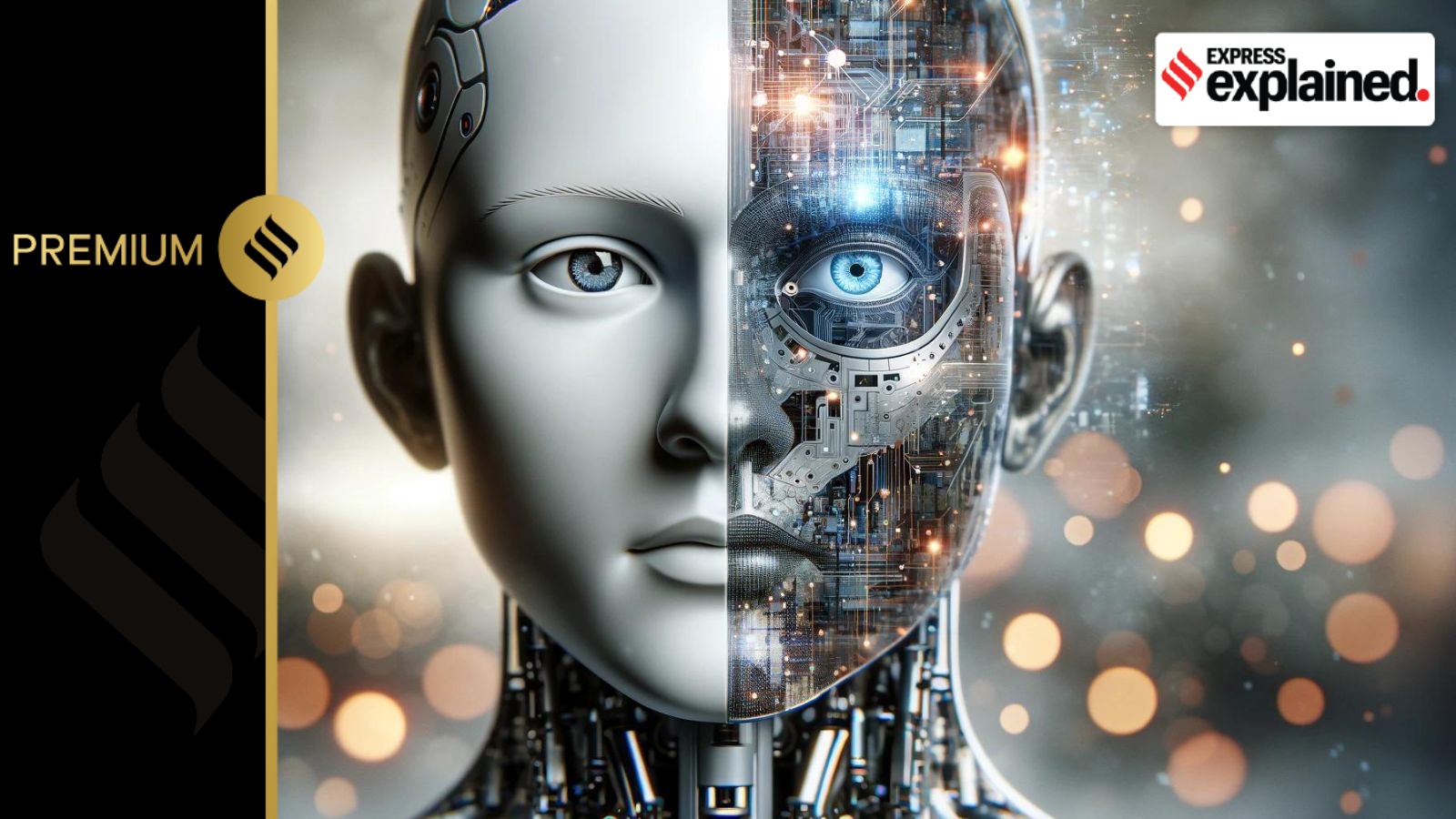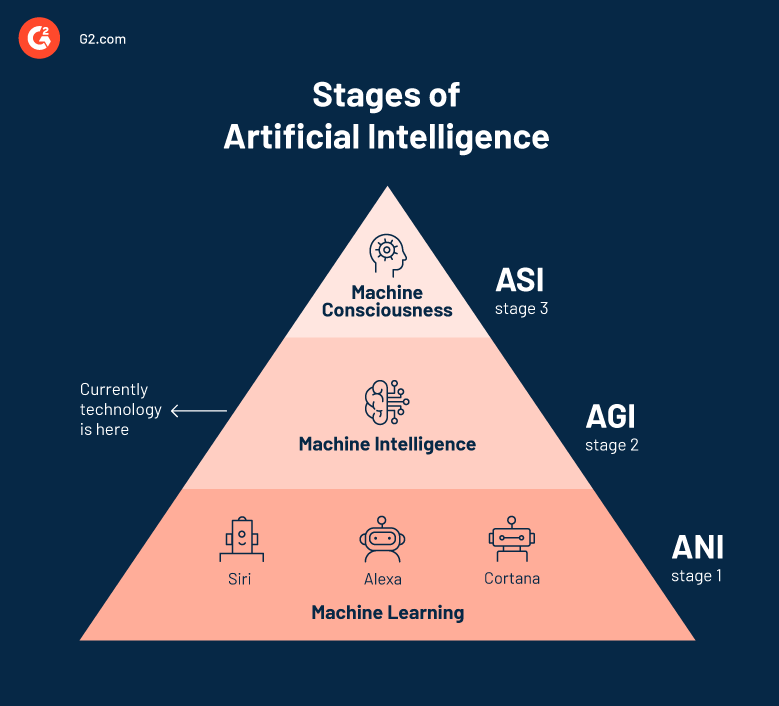The Next Wave of Intelligence: From ANI to AGI, ASI, and the ...
Artificial Intelligence is a crucial driver of business transformation in today's world. However, the predominant form of AI that most companies utilize is Artificial Narrow Intelligence (ANI). These systems are specifically designed to carry out singular tasks such as image classification, product recommendations, or fraud detection. While ANI systems are highly efficient, they are inherently limited.

ANI systems lack the ability to reason beyond their designated domain or transfer knowledge between tasks. For instance, a model trained for inventory management cannot code, and a chatbot cannot revamp a supply chain. This limitation leads to companies running numerous isolated AI tools, each addressing a specific need without integrating into a broader strategic intelligence layer.
The Evolution Towards AGI and ASI
The future of AI lies in advancing towards Artificial General Intelligence (AGI) and eventually Artificial Superintelligence (ASI). These progressive stages will allow businesses to amalgamate intelligence, expedite innovation, and unlock entirely new dimensions of value creation. To harness these opportunities securely and at scale, a transition from centralized to decentralized AI architectures is imperative.
While Artificial Narrow Intelligence excels at performing specific tasks with precision, it operates within predefined boundaries. ANI powers existing applications in customer service automation, predictive maintenance, and algorithmic trading, delivering tangible ROI for businesses. However, when operational demands evolve or complexity intensifies, ANI reaches its limitations, necessitating the development or procurement of new systems for each novel task.
The Significance of AGI in Business Transformation
Businesses are now shifting their focus from task-specific tools towards intelligent systems that can adapt, learn, and make strategic decisions. This transition is where Artificial General Intelligence (AGI) comes into play. Unlike ANI, AGI can acquire new skills without requiring reprogramming. It comprehends contexts, exercises judgment, and adjusts to changes, akin to human capabilities but at a digital scale and velocity.
Integration of AGI equips businesses with not just operational efficiency but also strategic flexibility. A single AGI core can analyze markets, oversee operations, formulate marketing strategies, and project financial outcomes, all through shared comprehension and cross-domain learning. This consolidated approach unlocks immense potential, streamlining systems management, fostering agile strategies, and establishing a unified intelligence layer steering the entire organization.

The Pinnacle of Intelligence: Artificial Superintelligence
Artificial Superintelligence (ASI) transcends human cognitive capabilities. ASI offers expedited data analysis, enhanced creativity, and more accurate forecasting, potentially leading to the redesign of entire industries. Features like accelerated R&D cycles, real-time global interventions through climate models, and balanced economic strategies are within reach with ASI.
However, this unparalleled power raises a pivotal question regarding the structural and governance framework of ASI to ensure equitable value distribution and alignment with human intentions. Most current AI systems are constructed on centralized infrastructure, posing risks such as data monopolies, opaque decision-making, and systemic vulnerabilities.
The Shift Towards Decentralization in AI
Decentralized architecture emerges as a solution to these risks, distributing intelligence across a network of specialized nodes, each governed transparently and capable of independent evolution. This approach eliminates central control, enabling validation of updates or decisions through consensus protocols and public oversight.
For businesses, decentralization enhances trust, resilience, and accessibility, transforming AI from a proprietary product into a collaborative service layer that any organization can engage with, contribute to, or customize. This shift fosters rapid innovation, secure collaboration, and reduced reliance on dominant platforms, offering a blueprint for scaling capabilities without compromising trust, control, or inclusivity.
Preparing for the Future of AI
The global AI market is poised to surpass $1.8 trillion by 2030, with decentralized AI emerging as one of the fastest-growing segments. Embracing decentralized AGI and ASI not only enhances performance but also ensures future-proof alignment with regulations, ethics, and global cooperation.
To navigate this transition successfully, forward-thinking businesses must not only plan their IT strategies but also demonstrate leadership in shaping decentralized AGI/ASI frameworks. By comprehending the evolution from ANI to AGI and ASI, businesses can assess their current position and strategize for the future.

The journey from Narrow Intelligence to General and Superintelligence signifies a leap into uncharted territories of possibility. Decentralized intelligence presents a strategic design choice for scaling capabilities while upholding trust, control, and inclusivity. The next epoch of intelligence belongs to those who forge networks of intelligence shared and tailored for collective value.




















